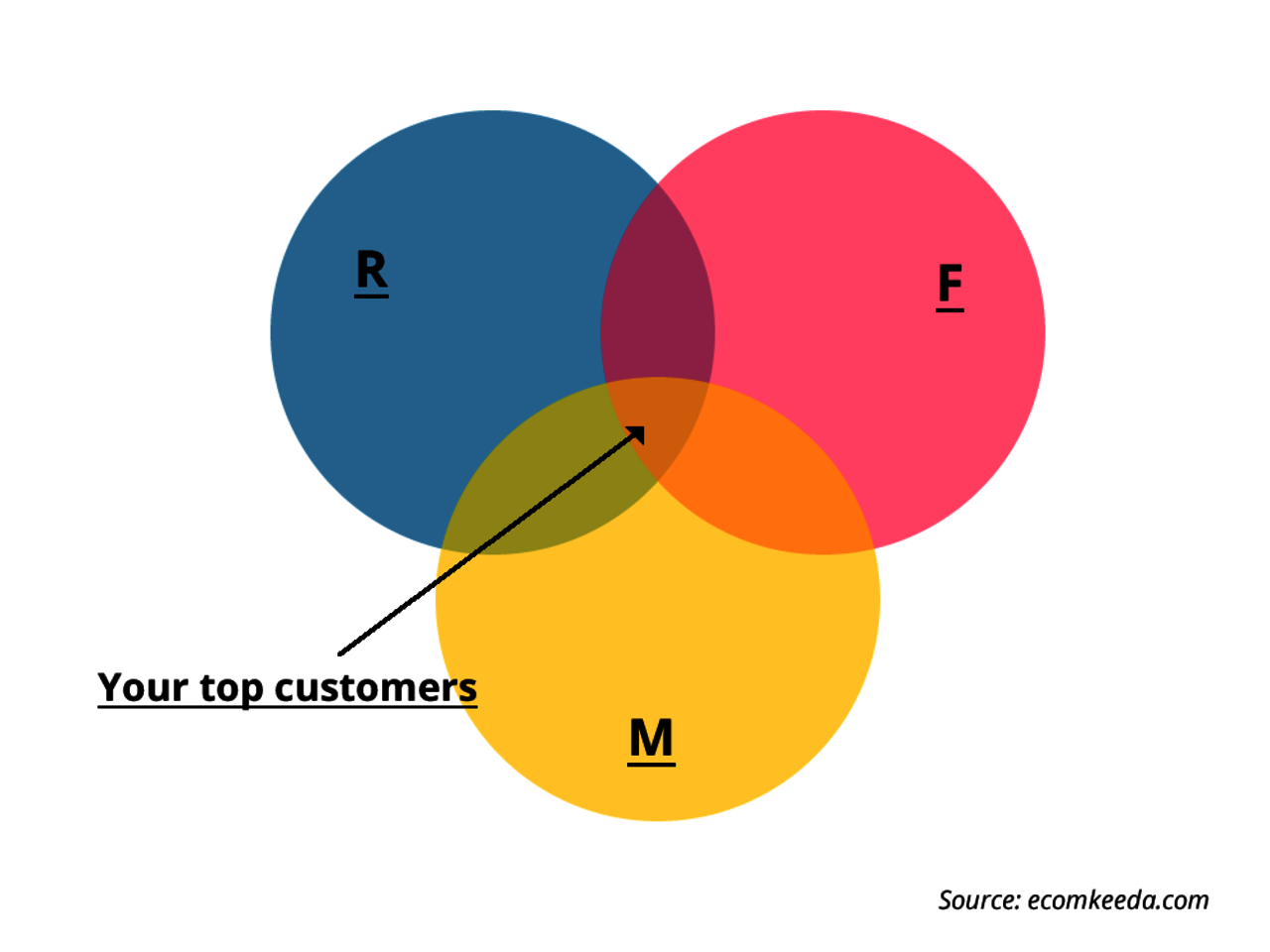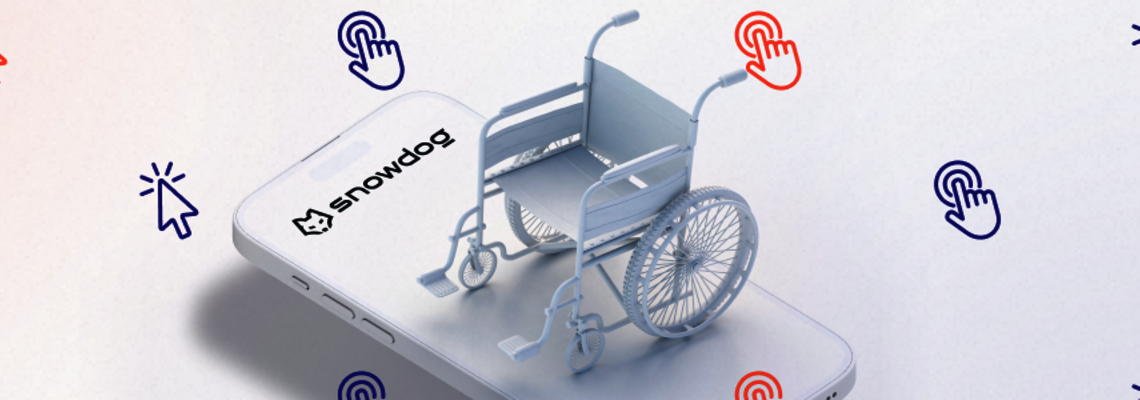
Know Your Customers Better – Use BI and Psychology to Intelligently Drive Sales

Recently, I have been discussing with various business owners who have amazing sales online and offline, and owners who are struggling to get marketing/sales pieces right. For the second category, the major concern is around attracting more buyers and increasing conversion ratio. In this article, we will try to solve that puzzle.
Whenever you talk to any marketing strategists/campaign designers, they will ask common questions, such as:
- Can you share details of your buyers’ persona?
- What types of buyers pay more?
- How do they interact and behave?
- What is the frequency of purchase?
Many times, owners seek help from the outsider to answer the same. For the people who are already in business, don’t search for answers outside; the real answers are within. Use your business data, see the same from different viewpoints and find the real patterns.
Interestingly, when you do a cross-border expansion, start an online business, or go for expansion strategies, your target audience may look a bit different than your offline business. Though their main characteristics are the same, the way they buy and what they want to see before buying will differ a bit. It has a direct connection with behavioral segmentation and consumer psychology. And this is one of the areas where one may fail.
The Need
This article talks about three important areas for small and medium-sized enterprises (SMEs) and online brands:
- How can data help you be effective, e.g. use of BI and recency, frequency, monetary (RFM) analysis
- Understanding the psychology of your next majority of buyers
- Combining both to boost sales
With COVID-19, many of the organizations have gotten hit in their month-on-month sales figures. Their economic stress has increased, and there is a cut in their marketing spend. In this situation, it’s essential to know how to spend wisely and still be effective, which will help you sustain and grow. Spending wisely is possible by taking pragmatic decisions based on data (business intelligence tools) that help you save costs and generate higher ROI.
Power of BI
Business intelligence is an underrated term for SMEs. Their core focus is on increasing sales, production and fulfilling client needs. BI tools are a bit expensive and need accurate data processing as a prerequisite, so people often put it as a lower priority.
Later, when you grow as a business, the actual power of BI can be used. The firms that are sitting on the pile of transactions and customers’ data must analyze it and find meaningful patterns that can help them understand their customers’ behavior. Merchants’ basic questions like top-selling products, worst-selling products, top clients, top categories, month-on-month sales, taxes, etc. are answered by most of the e-commerce platforms’ dashboards/reports or a basic BI tool.
But the power of BI is beyond that! My recommendation is to use the BI tool with RFM analysis which provides the behavioral segmentation of customers to produce magical results.
RFM Analysis
I understood the power of BI when I read “Drilling Down: Turning Customer Data into Profits” by Jim Novo in 2008. This book is focused on creating customer segments based on their buying habits and psychological patterns. This brought me to the world of RFM analysis, which is one of the key functionality of the Magento BI Pro plan.
RFM stands for Recency, Frequency and Monetary value, each corresponding to some key customer attributes. These RFM metrics are important indicators of a customers’ behavior because they affect lifetime value (LTV), customer retention and brand engagement.
RFM factors provide the following facts:
- If your customer has purchased recently, your current promotion is effective.
- If your customer is buying frequently, then he is a loyal customer and his LTV is increasing.
- If your customer is having a higher average order value (AOV), it means he is a heavy spender or your brand lover compared to a low spender.
This technique helps me find my best customers, their churn rate, find their buying frequency, stay in their TOMA (Top of Mind Awareness), and run varied campaigns for each of them, etc. By giving a rating on a scale of 1-5, you can derive the RFM score of your customers. With 5 being the highest, customers with 5-5-5 ratings are your best customers. Depending on your industry you shall focus on the values for R, F, and M.
For example:
- If you are selling staple goods, R and F are your important factors.
- If you are selling home appliances, R and M are your important factors.
- If you are selling online subscriptions, then F and M are your important factors.
You must map the RFM score with your marketing campaigns to make them more effective.
Some examples:
- With your first-time buyer: Run a campaign to give them a reason to buy again. And don’t forget to thank them. You can send a thank-you note or next purchase offer while shipping the current order.
- For your frequent buyers: Be in touch/engagement with them with your brand stories, success stories, new launches, how-to guides, and offers based on their buying history and preferences. This creates a compelling experience and gives them a reason to come back again.
- For your high-value customers whom you cannot lose: Run an exclusive offer and send them personalized content, and don’t miss their special days.
- For your regular customers who have stopped buying recently: You can send them a personalized discount offer or run a survey and bring them back.
- Your frequent buyer who missed the buying cycle: Send a message to check their well-being. Maybe a personalized newsletter with new products or products they loved the most can be the right thing to send.
Such use cases may vary depending on your industry.
Other Uses of BI
Apart from RFM, BI can be used for many other areas:
- Managing EOQ (Economic order quantity)
- Measuring various matrices for costs reduction
- Finding sales trends in a specific geography
- Finding the effectiveness of marketing campaigns
- Average time to repeat order
- Market basket analysis/affinity analysis
- Campaign effectiveness and ROI
There are many more advantages you can read in the marketing pitch of popular BI tools. They are available as per the size and scale of the business.
Understanding the Psychology of Your Next Majority Buyers
In the era of behavioral economy, each online seller needs to understand and utilize consumer behavior/psychology in strategizing their marketing and sales campaigns. We are at the stage where, in the coming years, most of the online buyers will be either millennials or Gen Z.
According to Mckinsey’s report, millennials are leading the way in shifting spend online across both essential and nonessential items. Gen Z and high earners are most prone to switching brands. And, due to the pandemic, 75% of buyers have tried a new shopping behavior.
These changes are not going to go away from the market soon. So, business owners need to learn the psychology of millennials and Gen Z. Although Gen Z shares many qualities with millennials, it’s wrong to consider them the same and apply the same strategy.
Millennials
Millennials (born between 1981 and 1996) are also called the “Me Generation.” They need globalization; they want to question the status quo; they are self-centered; they look for experience and flagship products/services; and, most importantly, they need instant gratification.
Generation Z
Generation Z (bor between 1997 and 2012) are called “Digital Natives.” They need to check everything on social media, but are choosy about how they engage. They want everything: personalization, customization, exclusive or limited products, brand collaborations, high quality, and trustworthiness. They want more for paying less. They prefer well-known brands that resemble their style and personality. They consume video content for decision-making. And, lastly, they want to be seen as environmentally conscious.
Areas of Focus
To win against competition and be relevant with both generations, companies should focus on:
- The parity between quality and price
- Social media engagement with higher use of video content
- Speed of site and applications
- Being environmentally friendly
- Being locally relevant
- Using personalization and customization
- Showing and managing trust (service quality and post-purchase service)
- Being agile (how fast we change our offerings as per trends)
- Being available (you have to be available when and where they want)
The Winning Sales Strategy = BI + Psychology
When psychology meets data, magic is obvious!
We need to use behavioral data in connection with psychological parameters to triumph online sales. With BI, you can target your customers and with psychology you can set right UX, messaging, content, price and offerings.
Some examples:
- Create a personalized newsletter for millennials — your high-value customers — who want to stay ahead of the curve.
- Create a social media campaign for Gen Z customers in which a local influencer delivers a demo with the CTA of “Buy now.”
- Run early adopter campaigns and exclusive launches with millennials.
- Send a thank-you email to Gen Z — the first-time buyer — which shows brand reassurance/success stories with upselling products.
It is important to know the pulse of your customer; then, what you say becomes the prescription, and the sale is automatic.
Magical sales numbers are achieved by the right orchestration of strategy and tools. Don’t wait for the magic to happen; create it.






